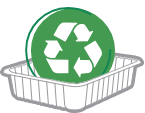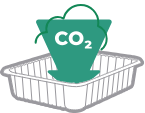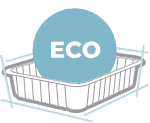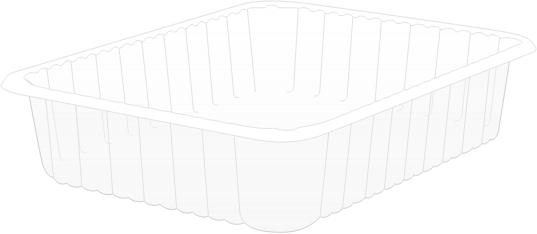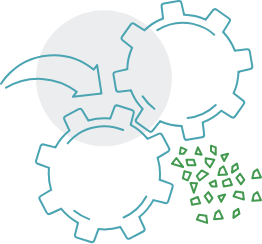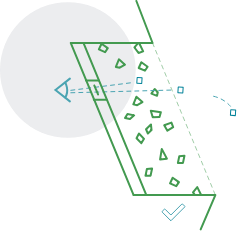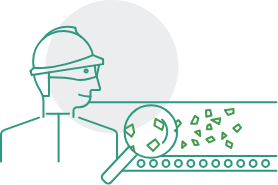This website uses cookies so that we can offer you the best possible user experience. Cookie information is stored in your browser and performs functions such as recognizing you when you return to our website or helping our team to understand which sections of the website you find most interesting and useful.
FUNDACIÓN PLASTIC SENSE complies with the provisions of the obligations provided in the second section of article 22 of Law 34/2002, of July 11, Services of the Information Society and Electronic Commerce (hereinafter, LSSI), in relation to the Regulation (EU) 2016/679 of the European Parliament and of the Council, of April 27, 2016, General Data Protection (hereinafter, RGPD) and Organic Law 3/2018, of December 5, of Data Protection and Guarantee of Digital Rights (hereinafter, LOPDGDD).
This Website https://ecosensefoundation.org/en uses cookies and / or similar technologies that store and retrieve information when you browse. In general, these technologies can serve a wide variety of purposes, such as, for example, recognizing you as a user, obtaining information about your browsing habits, or customizing the way the content is displayed. The specific uses made of these technologies are described below.
The purpose of the Cookies Policy is to inform you clearly and precisely about the cookies that exist on the Website.
You can also read our Privacy Policy.







